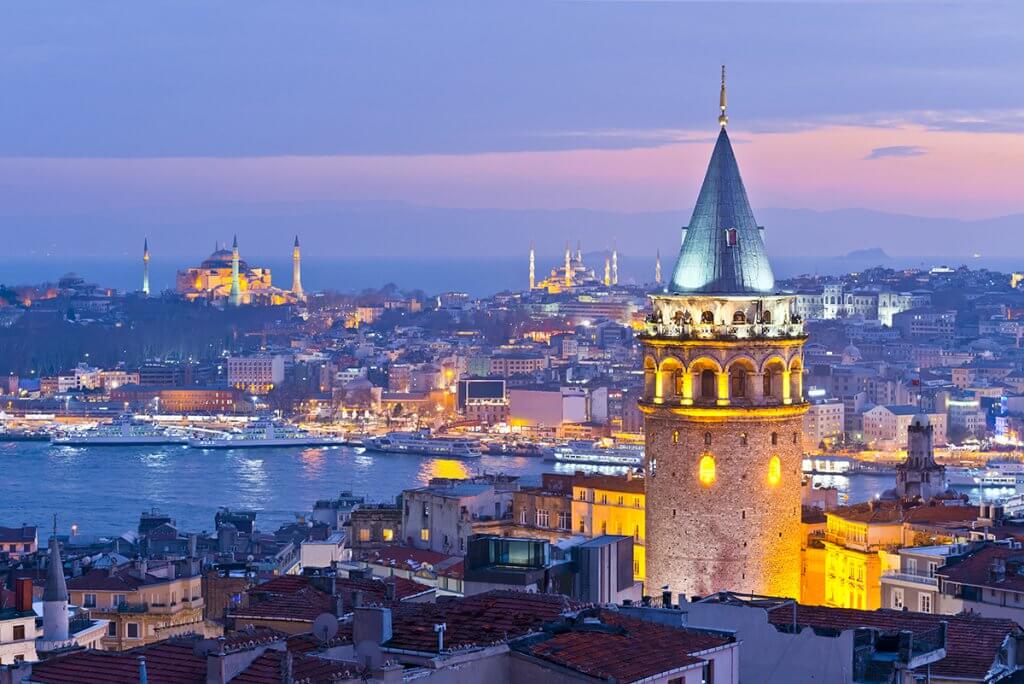7 Exclusive Insider Experiences In Istanbul For History Enthusiasts
With exclusive access to iconic historical insights in Istanbul, you can discover a city where empires have risen, fallen, and left behind extraordinary legacies.
Istanbul stands as a living museum, its streets layered with the grandeur of Rome, the opulence of Byzantium, and the majesty of the Ottomans. Monuments like Hagia Sophia and Topkapı Palace are not merely relics but testaments to centuries of power, faith, and artistry.
In this article, we journey through Istanbul’s rich past, uncovering the most captivating historical sites to include on your luxury tour of Turkey.
The History of Istanbul
Spanning two continents, Istanbul is the only city in the world to have served as the capital of both Christian and Muslim empires. Originally founded as the trading hub of Byzantium, it soon evolved into Constantinople—the powerful heart of the Roman Empire and a crossroads of culture, commerce, and faith.
Centuries later, the Ottomans claimed it as their own, transforming the city into a flourishing Islamic capital adorned with grand mosques, opulent palaces, and bustling imperial workshops.
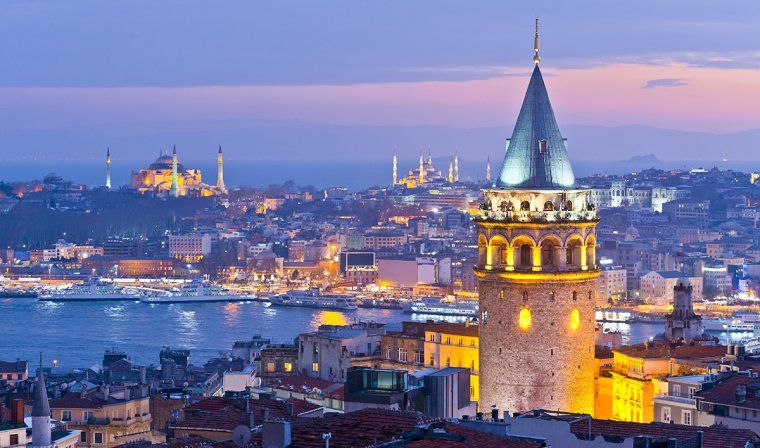
Today, Istanbul is a city where layered histories converge, each era leaving its mark on the vibrant urban landscape. And despite centuries of political shifts, demographic changes, and natural disasters, the destination continues to prosper as the cultural gateway between Europe and Asia.
Discovering The Byzantine Era
Following the fall of Rome in 476 AD, the Eastern Roman Empire rose as a beacon of power and culture, evolving over the centuries into what history now calls the Byzantine Empire. Centered in Constantinople—modern-day Istanbul—the empire reached its height between the 6th and 11th centuries, commanding much of the Mediterranean world.
Byzantine architects revolutionized sacred spaces during this era, perfecting monumental domes, soaring vaulted ceilings, and luminous gold mosaics.
Istanbul’s surviving Byzantine landmarks, many dating back to the 6th century under Emperor Justinian I, stand as enduring symbols of the empire’s lasting influence.
DOWNLOAD OUR BESPOKE TURKEY JOURNEY PDF
Hagia Sophia
Hagia Sophia is one of the top landmarks in Istanbul. Built in 537 CE as a Byzantine church by Emperor Justinian, it was the world’s largest cathedral for a millennium.
When the Ottomans invaded in 1453, it became a mosque like many Byzantine churches, with its Christian iconography covered and replaced with Islamic calligraphy.
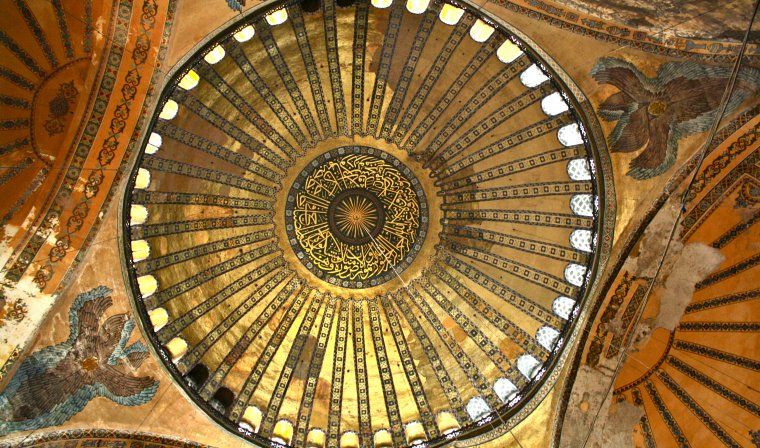
For many centuries, this was the largest enclosed space in the world. Still standing as one of the greatest architectural creations of the world, this enormous cathedral is now a museum that protects beautiful examples of original Byzantine mosaics.
For the most immersive experience, we arrange a private expert guide who unveils the site’s hidden narratives, from Justinian’s engineering triumphs to the delicate interplay of Byzantine artistry.
Basilica Cistern
The subterranean Basilica Cistern is the largest of the hundreds of underground man-made reservoirs underneath Istanbul.
Designed to trap and store rainwater, it is the best example of the sophisticated urban planning of the ancient city. It dates back to the sixth century when the Byzantine Emperor Justinian I undertook massive construction projects to beautify Constantinople.

The Basilica Cistern was constructed to supply filtered water to the imperial Great Palace and other royal residences on the First Hill of the city, and was an architectural wonder supported by 336 uniquely ornate marble columns. The palatial cistern was functional for a few years before it was abandoned and forgotten for centuries.
After visiting Hagia Sophia, your private guide leads you through this subterranean marvel, revealing hidden narratives, from the 7,000 slaves who built the site to the repurposed Greek and Roman stones. For an even more luxury experience, we can arrange exclusive access to the Basilica Cistern before it opens or after it closes to the public, allowing you to absorb the cistern’s haunting beauty in undisturbed tranquility.
DOWNLOAD OUR BESPOKE TURKEY JOURNEY PDF
City Walls
Originally built by the Romans in the 5th century and later expanded by the Byzantines and Ottomans, Istanbul’s formidable walls have guarded the city for over 1,500 years. Stretching 24 kilometers with 244 towers and 61 gates, they rank among the finest surviving examples of Roman and Byzantine military architecture.
Designated a UNESCO World Heritage Site in 1985, these walls blend strategic brilliance with historical grandeur. Their layered construction reveals each empire’s adaptations, from Theodosian-era battlements to Ottoman repairs, and tells a story of engineering that protected Constantinople for eleven centuries.
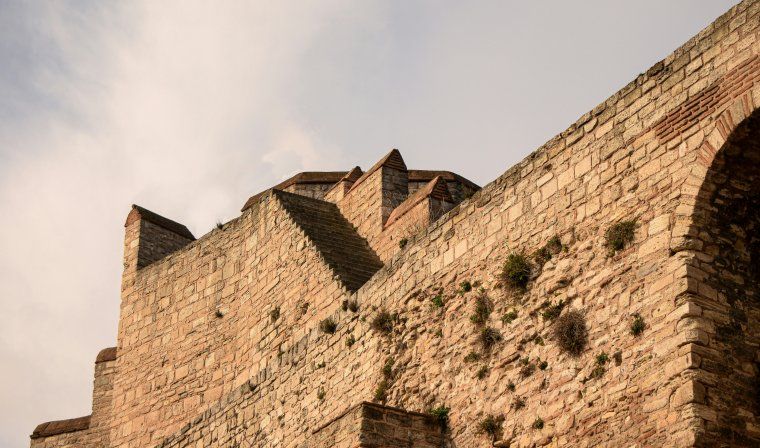
With a private guide, explore these silent sentinels of history, learning how they were built, besieged, and preserved. Their weathered stones offer unparalleled insight into Istanbul’s enduring legacy as a city of empires.
Kariye Mosque
The Kariye Mosque and Museum, formerly the church of St. Saviour in Chora, was built in the early 12th century and still remains as one of the world’s most marvelous sights. The church displays a series of alluring 14th-century Byzantine frescoes and mosaics, preserved in almost perfect condition.
The most astounding mosaics are found in the narthex, but numerous other remarkable Byzantine treasures are located in the burial chapel and throughout the rest of the church. The Kariye Mosque is among the most famous of Turkey’s Byzantine churches due to its immaculate interior frescoes and mosaics.
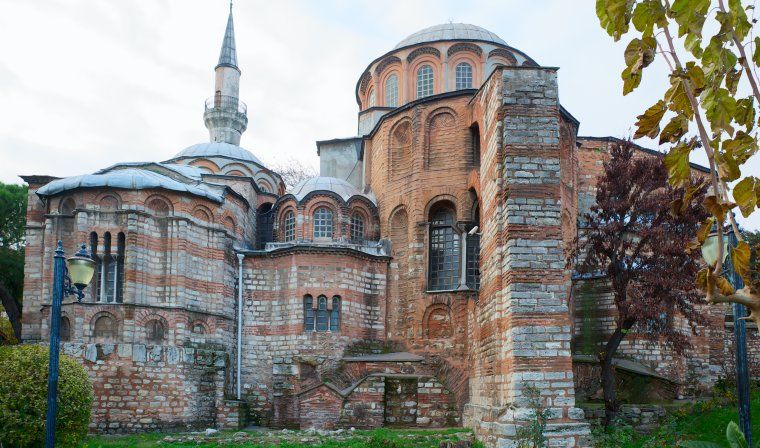
A private guided tour reveals the hidden narratives behind these masterpieces. Your expert guide will decode the visual language of the mosaics while explaining the building’s complex history as both church and mosque, including its careful 20th-century restoration that preserved both Islamic and Christian elements.
Discovering The Ottoman Era
In 1453, Sultan Mehmed II captured Constantinople, transforming it into the glittering capital of the Ottoman Empire. He commissioned monumental mosques, palaces, and public works that forever redefined the city’s skyline.
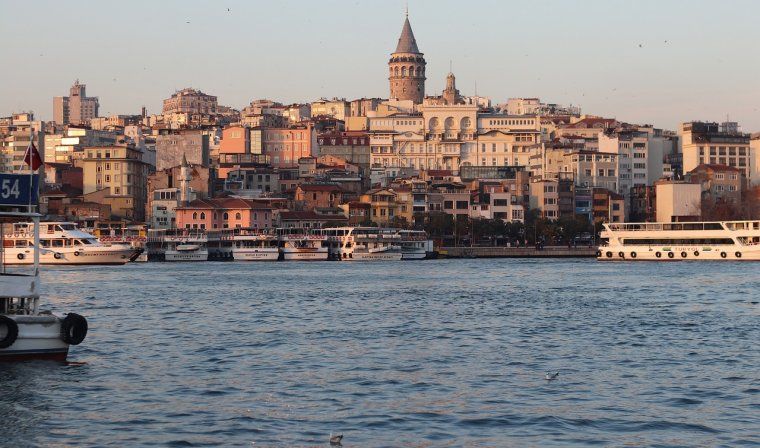
Where Byzantine emperors had built domes to reach toward the divine, Ottoman sultans responded with slender minarets that pierced the heavens. Rather than erasing Constantinople’s past, the Ottomans built upon it, preserving, adapting, and enriching what they inherited with masterpieces of their own.
As the empire flourished, Istanbul became a crossroads of cultures, attracting merchants, scholars, and artisans from across Europe, Asia, and beyond. The Ottoman sites that remain today reflect a golden age of architectural brilliance, where imperial ambition met refined artistry to create the timeless landmarks that still shape the city’s identity.
DOWNLOAD OUR BESPOKE TURKEY JOURNEY PDF
Topkapi Palace
For nearly four centuries, Topkapı Palace stood as the heart of the Ottoman Empire as the royal residence and administrative hub for the reigns of 30 sultans. The palace unfolds through courtyards and pavilions, housing historical treasures like the golden Baghdad Kiosk and the watchful Divan Tower.
Topkapı’s architecture reflects Ottoman refinement: intimate courtyards replace grand facades, while each space, from the Imperial Council’s meeting rooms to the sultans’ private quarters, reveals meticulous craftsmanship. The Harem alone, with its 300 rooms, offers a glimpse into the dynasty’s concealed domestic world.
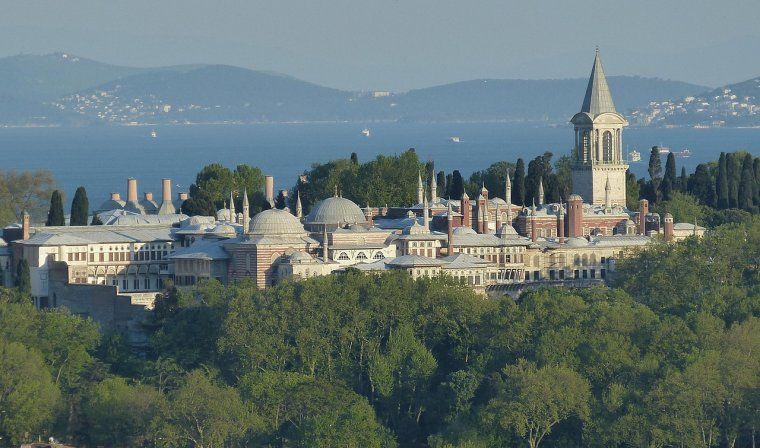
A private guided tour brings these stories to life, decoding the palace’s layered history as you walk through courtyards once reserved for viziers and sultans. Your expert will highlight often-overlooked details, like the symbolism behind Iznik tilework or the strategic views from the Divan Tower, ensuring an immersive exploration of Ottoman grandeur.
Grand Bazaar and Spice Market
The iconic Grand Bazaar of Istanbul was constructed under the rule of the Ottoman Sultan Fatih Sultan Mehmet in 1455. By the end of the 16th century, the Bazaar became the main point of commerce for the Ottoman Empire’s Mediterranean trade and remains one of the most culturally significant sites in Turkey today.
The Grand Bazaar is a labyrinth of over 4000 intriguing shops where master craftsmen display gleaming gold filigree, hand-knotted silk carpets, and mosaic lamps alongside Ottoman-era ceramics and carved meerschaum pipes.
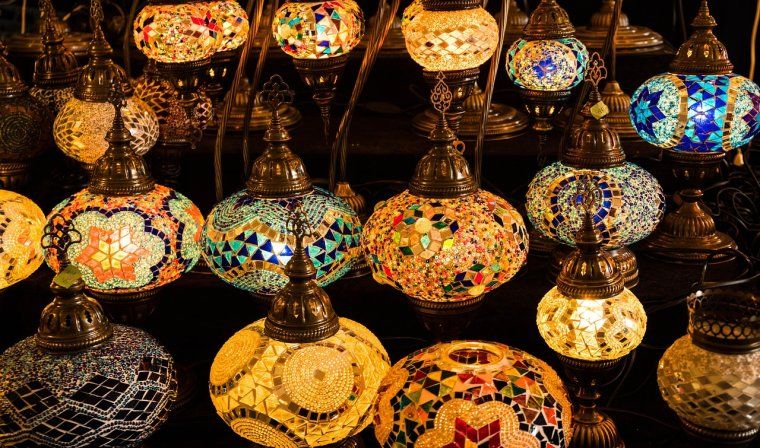
Built two hundred years later, the Spice Market is a particular section of the Grand Bazaar. Presenting pyramids of crimson sumac, amber-hued saffron, and aged cheeses beside barrels of plump olives. Just beyond its gates, the flower and bird market completes this symphony of historic commerce.
Your private guide navigates these bustling alleys with insider knowledge, introducing you to trusted artisans and helping you acquire exceptional pieces, whether a hammered copper coffee set or rare textiles, with the ease that transforms shopping into cultural immersion.
Blue Mosque
The stunning Blue Mosque is one of Istanbul’s most iconic landmarks. Built in the early 17th century by Sultan Ahmet, it was designed in an attempt to outdo Emperor Justinian’s monument to Christendom, the Hagia Sophia.
Starting at the top of the front gate, a series of domes ripple upward towards the heavens. This effect is reinforced by the slender minarets that surround the domes, powerfully reaching skyward toward Allah.
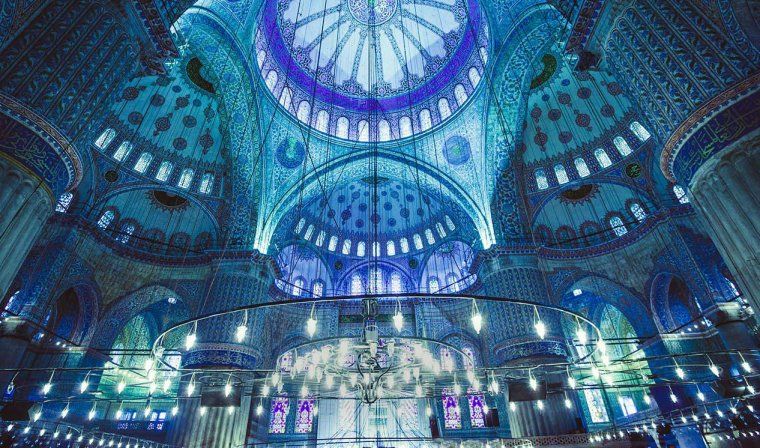
The landmark boasts magnificent blue walls covered with Iznik tiles, luminous stained-glass windows, arabesques painted on the domes, and Ottoman ablution fountains in the center of the courtyards.
A tour with a private guide reveals the mosque’s layered history as you walk its carpeted halls, explaining tilework symbolism and prayer rituals while ensuring respectful access to this working mosque.
DOWNLOAD OUR BESPOKE TURKEY JOURNEY PDF
Explore Istanbul’s Iconic Historical Sites
From the soaring domes of Byzantine churches to the intricate tilework of Ottoman mosques, Istanbul’s historic treasures reveal centuries of empire, artistry, and cultural exchange. Contact one of our travel experts today to find out more about the best tours in Istanbul and start planning your bespoke tour today.
